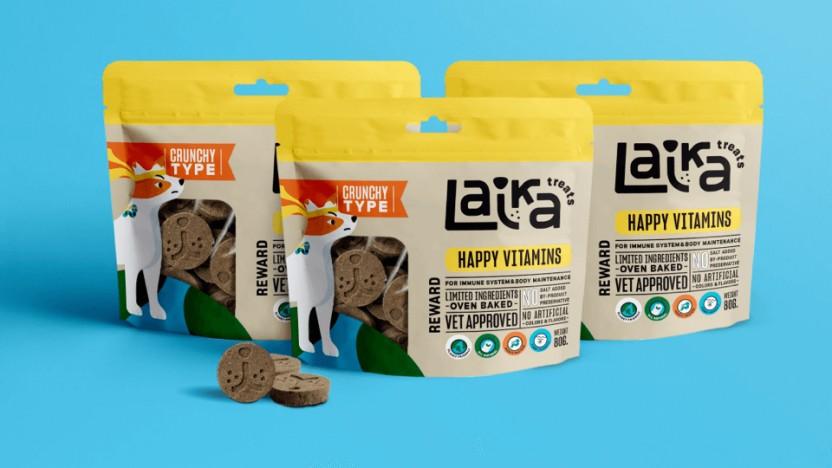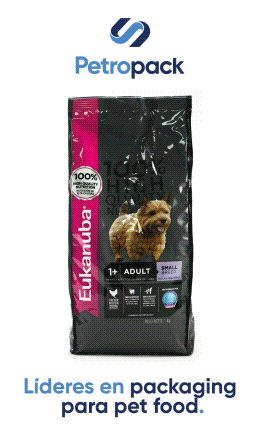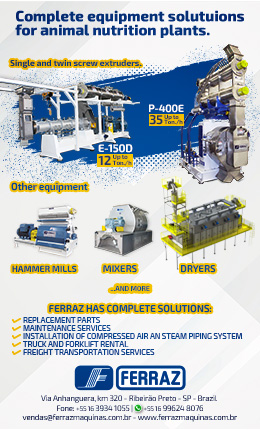Pet ownership is on the rise. This is in part due to the increase in single person dwellings and small family sizes, causing people to look for companionship to enrich their homes, a place studies show people are spending more of their free time. Now with an upswing in working-from-home and social distancing, pets are helping to fill an even greater void in times of uncertainty. As a result, it is estimated that the global market for pet food will reach $128.4 trillion by 2024, growing at a CAGR of 4.5 percent between 2019 and 2024.
On the back side of this tremendous growth story is an increasing awareness of the environmental footprint of pet food, with estimates that for dogs and cats alone, their diet accounts for as much as 25 percent of greenhouse gas emissions of global meat production.
Human-led trends driving growth in pet food sector
In line with the growing pet humanization trend, many owners would more likely make compromises when it comes to the quality of their own diet before that of their pet's. Indeed, pet food is viewed as an essential product by pet owners – not unlike baby food. In addition to viewing pets more like members of the family, other key human-led trends influencing this sector include:
{{editor}}
- increased online shopping
- demand for personalized foods
- demand for foods promoting resilience & well-being, including clean label options made from natural ingredients
- demand for foods with a smaller environmental footprint, including vegetarian & hybrid options
Protein alternatives for pet food: challenges & opportunities
Much of pet food today is still produced using rendered meats, muscle tissue and other meat co-products taken from the human food industry. Poultry is the most common animal protein source, making up roughly 80 percent of the meat protein used in pet food globally.
As more consumers reduce their animal protein intake in favor of a flexitarian diet, this same shift is now evident in pet food selection, particularly in key pet food markets. When it comes to protein alternatives for pets, there is still a lot of debate about what constitutes the right nutritional balance. For example, while many dogs are able to digest and get the nutrients they need from plant sources, the same cannot be said for cats, which are obligate carnivores, requiring specific compounds, like taurine, an amino sulfonic acid, to be healthy. Because cats lack the enzyme to produce taurine on their own, they must absorb it from their food or via supplements.
Plant-based ingredients have been integral ingredients in pet food for decades, however there is now increasing demand for vegetarian products as well as hybrid options where the bulk of the ingredients are based on plant or single-cell protein sources, with a greater focus on protein quality and nutrition. This accounts for the formulations now seen coming onto the market made from ingredients like kale, pumpkin or microalgae, as well as products from more established plant-based protein sources such as pea, soy or wheat. Pulses, the seeds of legumes, have a relatively high protein content and can be grown in a variety of climates; protein isolates from them are used to create nutritious cat milk; to produce dry and soft kibbles, as well as dental sticks and chew bones.
Other ingredients, now gaining more traction, although not vegetarian, include the use of insects in pet food, given the high-quality proteins and fats extracted from them offer similar nutrition profiles to meat. Likewise, cultured products, which rely on a one-time sample (e.g., from a chicken) to produce 'animal-free' lab-grown meat protein, are just entering the market. Both reduce the environmental burden of pet food given they require fewer resources during the rearing or growing phase as well as during processing.
GEA accompanies pet food customers from the ground up
With more than 80 years of experience in the food processing industry, we support customers already at the pet food ingredients level – to meet color, texture and flavor requirements while also preventing bacterial contamination – all the way to creating new food formats, while offering solutions for automation and greater process control, to ensure efficiency and profitability.
Whether customers are looking for a single machine to boost existing line performance or a complete solution for a new factory, GEA technology covers a wide variety of pet food processes, including spray and freeze drying, evaporation, filtration, meat preparation, extrusion and packaging for several pet food areas:
- Pet food ingredients
- Wet & dry pet food
- Pet treats
- Freeze dried pet food
From developing innovative shapes, incorporating alternative proteins to creating unique textured products, our customers benefit from GEA's deep expertise and technology resources, which include the R&D facilities at our new Pet Food Experience Center (PEX), in northern Italy.
The recently commissioned 1000 sqm facility is home to a team of 30 employees, including process and mechanical technicians and experienced staff running the laboratory where chemical, chemical-physical and rheological analysis and nutritional/organoleptic testing helps drive the co-development of pet food product innovation in cooperation with customers and industry partners. The center houses a complete solution line with the latest machinery technology for each processing step, including:
- mixing & milling section (flour mixer, hammer mill & plansifter)
- preparation section (grinders, mixers and emulsifiers)
- extrusion & inserts area (pre-conditioner & twin cooking extruder)
- tumbler & finishing section (tumbler, spray unit & flavoring drum)
- drying zone (static & continuous dryer)
Customers can also attend interactive pet food workshops for hands-on learning to understand:
- how dry pet food extrusion-cooking technology works
- what the main process requirements are
- how to operate & maintain the equipment
- what role digitalization plays & how to use it in processes
The facility also provides the ideal training ground for a customer's employees to learn about efficient processing and best practice, including: selection of raw materials, raw material intake, handling, weighing and dosing, mixing, grinding, conditioning, extrusion-cooking, forming, drying, coating and storage/packaging. These learnings can then be applied on the machines and line available at the PEX.
By Klaus Raths, Head of Strategy and Business Development, GEA Food & Healthcare Technologies
You could be interested: Pet Industry Leadership Summit 2023 Sets Attendance Record








































































